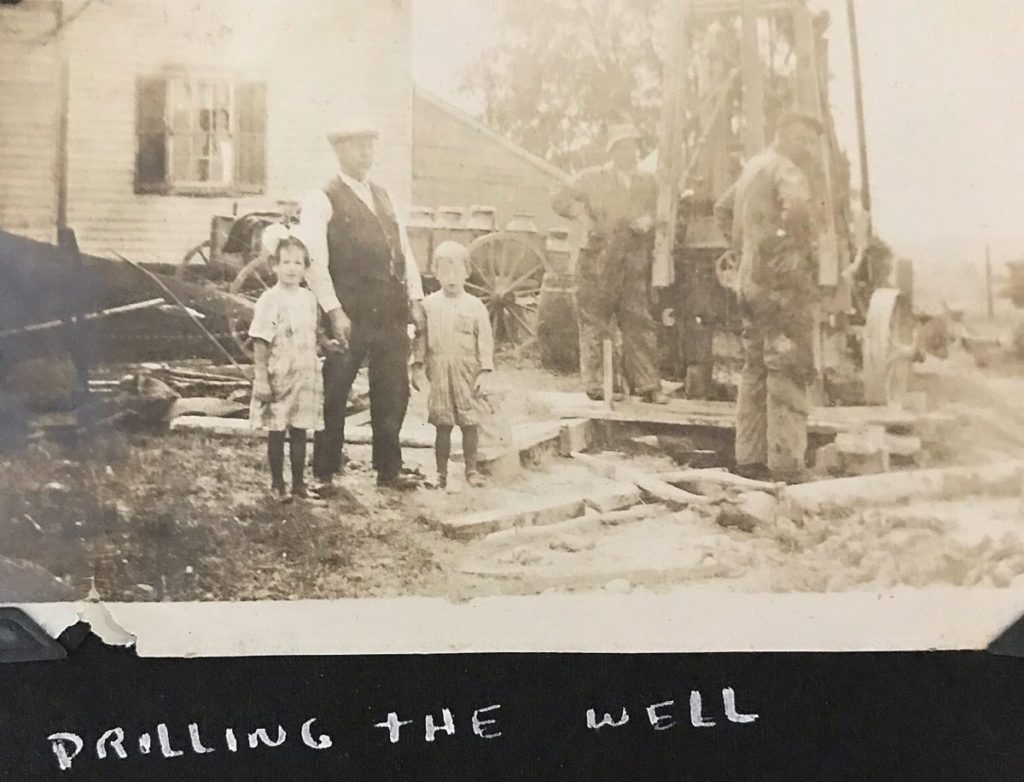That’s not an order. Please feel free to keep your children at home, if you like! It’s more of a funny commentary on how U.S. work, and children’s role in it, has changed from the time of these pictures (1912) to now.
Today, only about 1% of the U.S. are farmers or ranchers. I happen to know someone whose family still works a farm, but I doubt most people do. Contrast that with 1916 where the U.S. Agricultural Department estimates that farmers made up 32% of the population.
At least 32% of the nation’s children didn’t need to be taken to work because they already lived there. They milked cows, collected eggs, weeded gardens and fed chickens and horses. (Now, for a price, you can send your kids to Farm Camps and Farm Stays to do that.)
Sadly, in 1913, it wasn’t just chores that filled children’s days. According to The Good Years by Sir Walter Lord, some 20% of children in the U.S. were earning their living at that time. The cotton mills employed thousands of children, and not just in the South.
One small step forward came in June, 1913, when the state of Massachusetts passed a bill to set an eight-hour day for anyone under the age of sixteen. That was the “highest standard yet reached by a cotton mill state”.

In Georgia, another mill state, children still worked twelve-hour days in the name of industrial progress. In fact, the federal law prohibiting “oppressive child labor” (FLSA) was not signed into law until 1938. It took thirty-four years for the National Child Labor Committee (NCLC) to get a national child labor law.
If you happen to be someone who feels that social justice moves too slowly in the U.S., I think that piece of history might be cheering. Moral awakenings don’t happen overnight. It took photojournalism, support of leading politicians and clergymen, and state-by-state battles over a period of many years.
Today, the idea of a room of ten-year old children spinning cotton, in the U.S. or in any other country, is unconscionable. But that was the result of the Progressive Era…”a warmhearted crusade for a finer, cleaner life”.
Another way life got finer and cleaner shows up in the next picture. With the invention of the roller cone bit for well-digging, wells could be built deeper and with less damage to the property. That roller cone bit (nicknamed “rock eater”) made a good bit of money for Howard Hughes, Sr. who filed the patents in 1908.
Howard Hughes, Sr.? You got it – father of Howard Hughes, Jr., subject of the very long Leonardo DiCaprio movie you may have suffered through in 2005. If you get your water from a well, you can thank Mr. Hughes’s roller cone bit.

That’s about all the history I can swallow for today. I wish you a happy long weekend (if you get Monday off) and a ‘thank you’ to our veterans and the people who care for them.

Perhaps from too much work to not enough, at least for some children. I think all workers have it much easier today. Interesting commentary and pics, Martha.